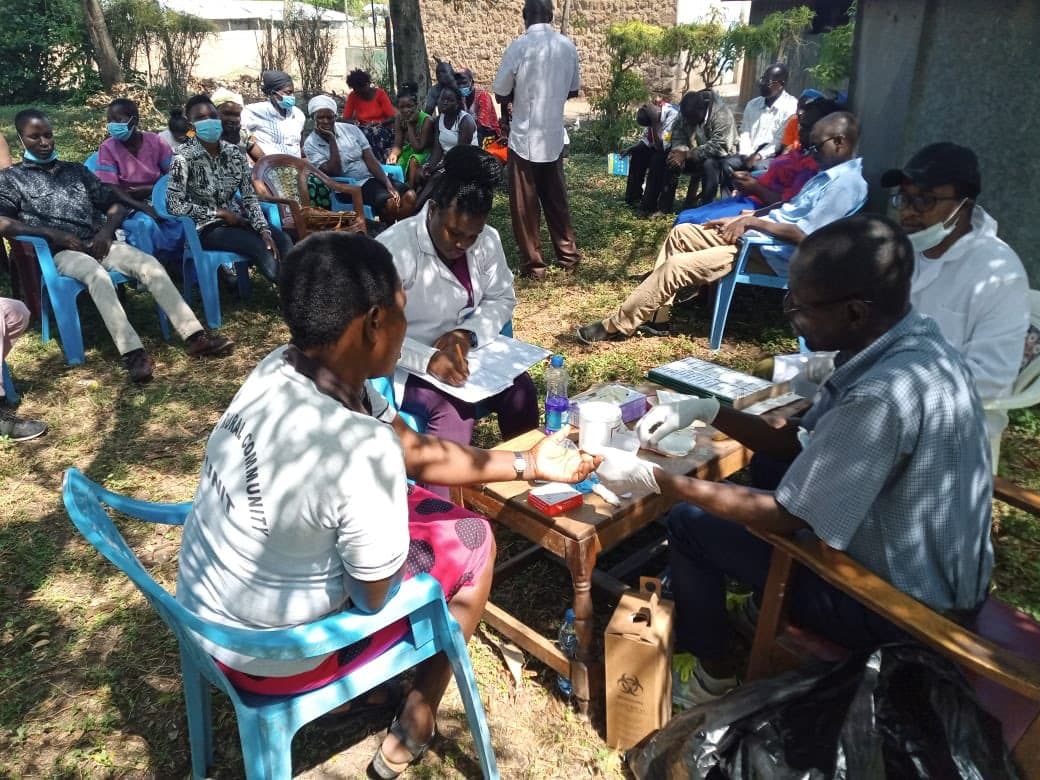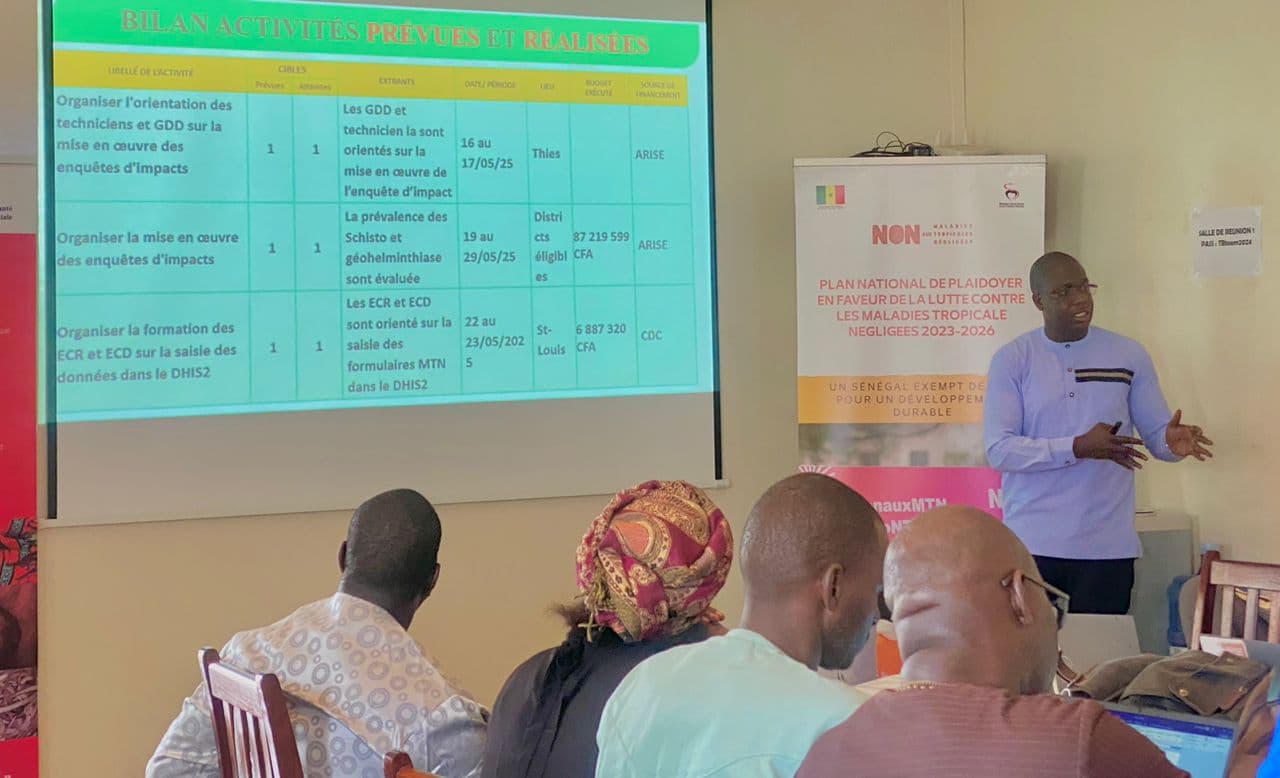In regions where soil transmitted helminth (STH) infections are endemic, Mass Drug Administration (MDA) has been widely implemented, over the past two decades, leading to a 54% reduction in disease burden globally. Yet, while great progress has been made an estimated 5.3 billion individuals remain at risk of infection with STH, which accounted for 1.9 million Disability Adjusted Life Years (DALYs) globally in 2019.
The Geostatistical Modelling of Soil-Transmitted Helminth prevalence in Kenya: Informing Targeted Interventions to Accelerate Elimination Efforts study sought to estimate the prevalence of soil-transmitted helminths (STH) in Kenya, to map out high and low-burden communities to enhance intervention strategies.
The study, co-authored by Senior Research Fellow Mutono Nyamai, using geostatistical modelling expending national survey data to generate the first nation-wide map of the spatial distribution of the three main STH species across Kenya, provides a framework to optimize intervention strategies that reflect the country’s unique epidemiological landscape.
The study, as WHO's roadmap for the elimination of NTDs, previous geostatistical studies, and Kenya’s 2023- 2027 NTD masterplan recommend, calls for a shift from broad MDA to targeted health interventions in areas of greatest need.
The principal STH species (Ascaris lumbricoides, Trichuris trichiura and hookworm (Ancylostoma duodenale and Necator americanus)), are transmitted through ingestion of contaminated food or water, or through skin penetration (hookworm). Once inside the human host, the parasites mature, copulate, and oviposit, with eggs excreted in faecal matter, contaminating the soil and perpetuating the transmission cycle.
To eliminate STHs as a public health problem by 2030, the WHO primary strategies for elimination include MDA using albendazole or mebendazole alongside improved water, sanitation and hygiene (WASH) interventions and behaviour change interventions. Targeted primarily at children 2-14 years, MDA seeks to reduce moderate and heavy intensity infections to less than 2% by 2030.
To achieve the elimination target, decisions on the populations to be treated, the choice of anthelmintic drugs used, and the frequency of treatment should be based on epidemiological profiles of each of the helminths for each implementation unit (IU), defined as the administrative unit of a country against which MDA decisions are made
Intervention strategies tailored at sub-county level, as opposed to broad application of the same treatment strategy across epidemiologically different sub-counties, is critical for prudent use of deworming tablets donated by drug companies, and for the success of achieving elimination against each of these species.
The study findings suggest that resources could be reallocated to prioritize areas with high-prevalence infections, reducing treatment intensity in regions where the probability of exceeding prevalence thresholds is low. Such a strategy would allow for a more efficient use of limited resources, aligning with the global shift towards precision public health interventions.


